Embracing Accessibility: A Closer Look at the Accessible Canada Act

Embracing Accessibility: A Closer Look at the Accessible Canada Act
In 2019, a landmark legislation was introduced in Canada, poised to reshape societal norms and nurture inclusivity on a national scale. The Accessible Canada Act (ACA) symbolizes hope for millions of individuals living with disabilities, envisioning a future where barriers are removed, and opportunities are accessible to everyone.
At its essence, the ACA represents a transformative vision seeking to change the cultural perception of disability. Its primary objective? To create a Canada free of barriers by 2040. However, achieving this ambitious goal calls for collaborative efforts from all sectors of society, particularly federally regulated entities (FREs) in both the public and private sectors.
Under the ACA, businesses and organizations have significant responsibilities to identify and remove barriers that make it hard for people with disabilities to fully participate in their life activities. These things could be physical, like buildings without ramps, or they could be about how people are treated. Fixing these problems is not just important for people with disabilities—it’s about treating everyone fairly. And when big companies lead the way, it shows others how to do the same.
Demystifying Accessibility Plan Deadlines: What You Need to Know
The regulations outline various deadlines for the initial publication of accessibility plans for different types of entities:
Government entities, including departments, agencies, Crown corporations, or government-related entities such as the Canadian Forces or Parliamentary entities, were required to publish their plans by December 31, 2022.
Large private sector entities regulated by the federal government with an average of 100 or more employees were required to publish their plans by June 1, 2023, and are now tasked with preparing and publishing an annual progress report by June 1, 2024.
Small private sector entities regulated by the federal government with an average of between 10 and 99 employees are required to publish their plans by June 1, 2024.
These plans and reports must be made available on the organization’s main digital platform and comply with Web Content Accessibility Guidelines (WCAG) AA-level criteria.
Essential Ingredients for Your Accessibility Plan
Accessibility plans must address various areas outlined in the Act, including employment, built environment, information and communication technologies, procurement, program delivery, and transportation. It is essential to consult individuals with disabilities during these plans’ preparation and to document the consultation process thoroughly. Additional Considerations for Regulated Entities Organizations regulated by specific acts, such as the Broadcasting Act, Telecommunications Act, and Canada Transportation Act, must comply with additional regulations developed by respective regulatory bodies. These regulations ensure that policies, programs, practices, and services align with other applicable laws.
Going the Extra Mile
Incorporating specific short and long-term accessibility goals into your plan provides clarity and direction for your organization’s journey towards inclusivity. These goals act as milestones, guiding your efforts and measuring progress along the way.
Concrete steps for identifying and removing barriers are essential components of an effective accessibility plan. By outlining systematic approaches to barrier identification and removal, organizations can ensure that no obstacle stands in the way of full participation for individuals of all abilities.
Furthermore, providing accessibility-related information for both clients and employees is crucial for building an inclusive environment. Clear and accessible communication ensures that everyone understands their rights, responsibilities, and the resources available to them.
What Comes Next After Publishing the Accessibility Plan
Under the Accessible Canada Act (ACA), employers are required to review and revise their accessibility plans at least every three years. This process should include meaningful consultation with individuals with disabilities, whose perspectives and insights are invaluable in identifying barriers and implementing effective solutions.
But it does not stop there. Employers must also make their accessibility plans readily available to the public, demonstrating transparency and accountability in their efforts to create inclusive environments. Additionally, establishing a feedback mechanism allows employees and stakeholders to provide input on plan implementation and highlight any challenges they encounter.
Annual progress reports with outcomes that have been measured serve as a vital tool for tracking the implementation of accessibility plans. These reports should document the steps taken to address identified barriers, any feedback received, and adjustments made to improve accessibility initiatives.
Conclusion
With the Accessible Canada Act as your compass and creativity as your guide, there is no limit to what you can achieve. Through the ACA, a clear mandate emerges: to embrace a culture of accessibility and inclusivity that transcends mere compliance with regulations. It calls upon FREs to adopt a proactive approach, driving meaningful change that extends beyond legal obligations to uphold the principles of Accessibility, Inclusion, Diversity, and Equity for all Canadian residents.
INNoVA offers expertise in transformational dynamics that embrace the requirements of the ACA and elevate confidence to achieve strategic results. Whether you want to cultivate evidence for reporting, align complementary legislation and other regulations, or receive insight and advice ..we can help with that! Contact our experts for an initial consultation and begin your journey towards enhanced accessibility and inclusion
Ancy Kuruthukulangara
Research Analyst
Join Our Newsletter
Join the INNoVA family! The best way to keep in touch and be informed on our hiring process.



